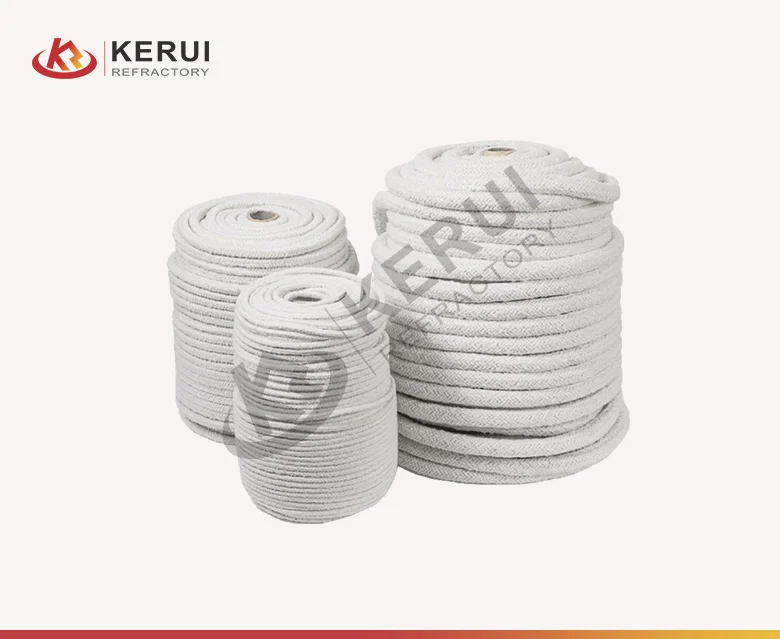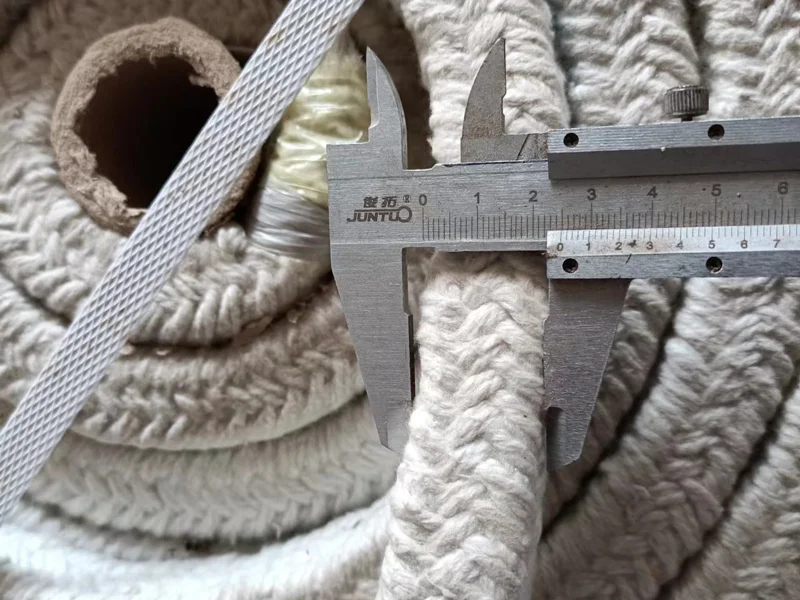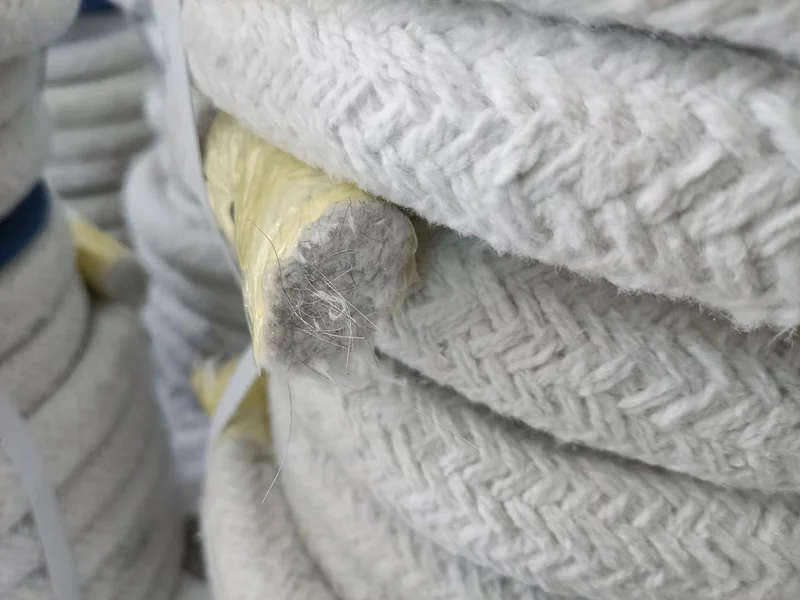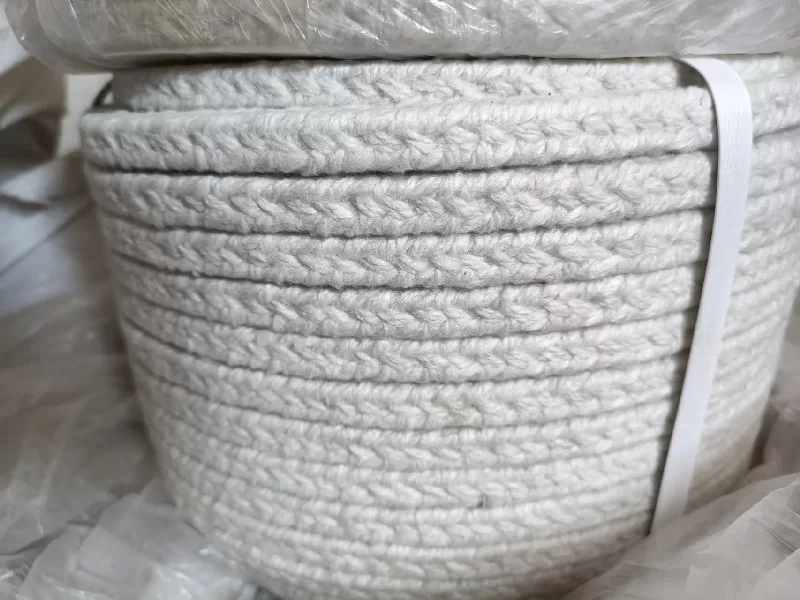Ceramic fiber cloth is a versatile material widely used in industrial applications for its excellent thermal insulation properties and resistance to high temperatures. Understanding the factors influencing ceramic fiber cloth prices is essential for businesses and industries looking to make informed purchasing decisions. This article explores the various factors, trends, and considerations that affect ceramic fiber cloth prices.

Factors Influencing Ceramic Fiber Cloth Prices
Raw Material Cost: The primary raw materials used in ceramic fiber cloth production include alumina-silica, zirconia, and other refractory fibers. Fluctuations in the prices of these raw materials, driven by market demand, availability, and geopolitical factors, directly impact the overall cost of ceramic fiber cloth.
Manufacturing Process: The manufacturing process of ceramic cloth price involves advanced technologies and equipment to achieve desired properties such as high temperature resistance, thermal stability, and mechanical strength. Investments in manufacturing infrastructure, energy costs, and labor contribute to the final product's pricing.
Quality and Performance: Higher quality ceramic fiber cloths with superior thermal insulation properties, lower thermal conductivity, and greater durability often command higher prices. Manufacturers may incorporate additives or surface treatments to enhance specific performance characteristics, influencing pricing tiers.
Market Demand and Supply: Like any commodity, ceramic fiber cloth prices are influenced by supply and demand dynamics. Increased demand from industries such as steel, petrochemicals, and aerospace can lead to higher prices, especially during periods of supply chain disruptions or increased global demand.
Environmental Regulations: Compliance with environmental regulations and sustainability initiatives may incur additional costs for manufacturers, impacting pricing strategies. Investments in eco-friendly production processes or certifications can influence product pricing. We also produce ceramic fiber bulk.

Current Trends in Ceramic Fiber Cloth Prices
Global Economic Factors: Economic trends, including GDP growth rates, inflation rates, and currency exchange rates, affect production costs and international pricing competitiveness of ceramic fiber cloth.
Technological Advancements: Innovations in ceramic fiber manufacturing processes, such as improved fiber spinning techniques or advanced coating technologies, may impact production costs and subsequently influence market prices.
Industry-Specific Demand: Variations in demand across industries, such as increased use in automotive manufacturing or energy production, can create fluctuations in ceramic fiber cloth prices. Emerging applications in renewable energy sectors may drive future demand and pricing trends.
Trade Policies and Tariffs: International trade policies, tariffs, and trade agreements can affect the cost of imported ceramic fiber cloth. Changes in tariffs or trade barriers between major exporting and importing countries can impact market prices. We also produce magnesite ramming mass.

Considerations for Purchasers
Product Specifications: Evaluate specific requirements such as temperature resistance, chemical compatibility, thickness, and density when selecting ceramic fiber cloth. Understanding the intended application ensures optimal performance and cost-effectiveness.
Supplier Relationships: Establishing partnerships with reputable suppliers who offer consistent product quality, technical support, and reliable delivery schedules can mitigate risks associated with price volatility and supply chain disruptions.
Total Cost of Ownership: Consider the long-term benefits of the use of refractories, including reduced maintenance costs, improved operational efficiency, and extended equipment lifespan. Calculating the total cost of ownership helps justify initial investments in premium products.
Market Intelligence: Stay informed about market trends, pricing forecasts, and regulatory developments through industry publications, trade associations, and supplier communications. Proactively monitoring market conditions enables strategic purchasing decisions.

Conclusion
Navigating ceramic fiber cloth prices involves understanding the complex interplay of raw material costs, manufacturing processes, market dynamics, and industry-specific demands. By considering these factors and trends, businesses can optimize their procurement strategies, enhance operational efficiencies, and achieve cost-effective solutions tailored to their thermal insulation needs. Investing in high-quality ceramic fiber cloth not only ensures superior performance under extreme conditions but also contributes to sustainable and efficient industrial operations in the global marketplace.



 Wechat Us
Wechat Us